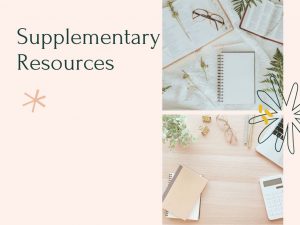
In the first few months of starting your Korean learning, you probably are still not able to understand one word of what people are talking in dramas and variety shows. This is completely normal. The key is to master the basic grammar concepts as quickly as possible so as to move on to the next stage where it will get more fun.
Korean Learning Notebook
Before starting your Korean learning journey, you should have with you a study notebook to jot down key grammar points and concepts so then you can refer to them timing again.
From my experience there will be some key sections you can have in your notebook to better organise your notes such that it is easier to find the entry later on. I have a post on what these sections are and some tips on note taking.
Naver Korean-English Dictionary
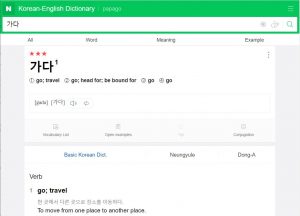
It comes in both website version and mobile app
Stay away from Google translate. Install the Naver dictionary app in your mobile.
It does not only have great illustrative examples to each dictionary entry, but also how the particular word is usually used in a sentence structure e.g. 1이 2에/에게/로/를 가다. When checking out the definition of a word in Naver, I would recommend to always check out this sentence structure and a couple of usage examples to build a stronger context of usage.
If you forgot a certain Korean word you learnt before, you can even input the English meaning and see if any of the results is the word you are looking for.
Search for verbs
The dictionary entry of verbs are in their basic form e.g. 가다. If you know the basic form query it directly. If not usually querying it in other tenses or conjugations Naver dictionary is intelligent enough to direct you to the basic form entry. For example 건다 (present narrative), 갈게요(future), 갈래 (informal invitation).
Search for word conjugations
The dictionary entry for verb conjugations replaces the verb with a stroke, for example in 같이 갈래?, you know what is meant by ‘같이’ (together) and what is ‘가’ (go), but doesn’t know what is meant by the verb conjugation ‘ㄹ래’, you will search for ‘-ㄹ래’. Some more examples:
‘-면’ (if)
‘-고 싶다’ (want to do something)
Search for idioms
Naver dictionary also has entries on idioms and slangs. Just directly type in the whole phrase to see what comes out. For example –
손을 떼다 – wash one hands of
눈에 넣어도 아프지 않다 – be the apple of one’s eye
Go to Naver dictionary
Korean Keyboard
This is optional, but I would suggest you to install the Korean keyboard in your phone and computer. Naver dictionary allows you to input by handwriting but no doubt it is much less convenient than directly typing in the 한글. Anyway when you reach the intermediate level, you will have to practice making up your own Korean sentences. It will become a must to have the Korean keyboard installed then. The 12-key Korean keyboard in phones is very well designed and easy to use once you get familiar with it. I have a post explaining how to use it.
Language learning apps
I do not recommend apps such as Duolingo or Memrise. These flashcards type apps focus on vocabulary instead of grammar which is not what you need at this stage.
Exercise and tests
Naturally you would like to do some exercises or test your own progress
Upon completing the beginner grammar courses, you can test yourself by attempting the TOPIK I past papers. They are an invaluable inventory of question and answer bank for practising listening and reading of a difficulty level designed for beginners. Even if you do not intend to attempt the TOPIK I exam, don’t miss out on these free resources!
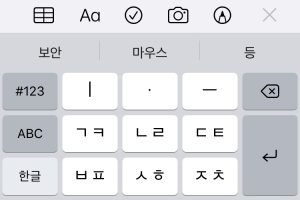
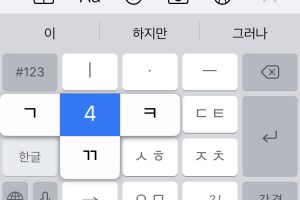
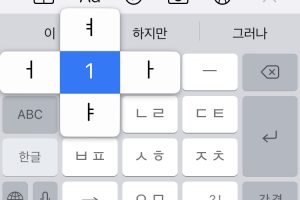
0 Comments